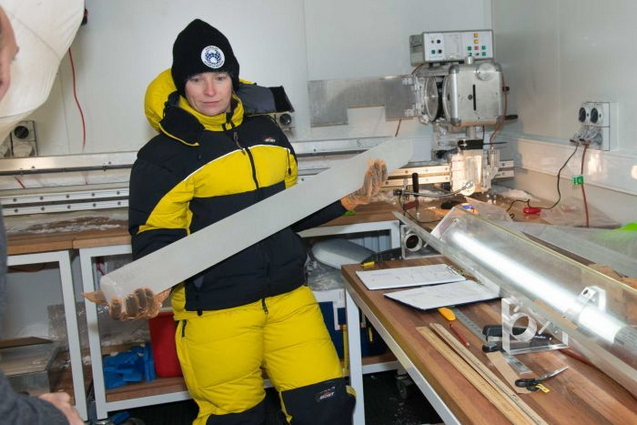 |
These include the atmosphere, water, landscape and wildlife.
Under the Doctrine of Public Trust, Federal, State, and Local Governments must safeguard these resources for the benefit and use of the general public now and in the future.
According to legal experts, this is the key to successful class action.
For instance, Chief Judge of the NSW Land and Environment Court, Justice Brian Preston, says the Doctrine "holds that the earth's natural resources are held in trust by the present generation for future generations".
He says Government, as trustee, "is under a fiduciary duty to deal with the trust property, being the common natural resources, in a manner that is in the interests of the general public".
WH Rodgers, in "Bringing People Back: Toward a Comprehensive Theory of Taking in Natural Resource Law", writes that public trust law may be "the strongest contemporary expression of the idea that the legal rights of nature and of future generations are enforceable against contemporary users".
There is legal precedent in Australia.
Professor Tim Bonyhady, of the ANU Law School and Director, Australian Centre for Environmental Law, cites two successful 19th century public trust cases, one involving Melbourne's Albert Park, the other a proposed coal mine on the shores of Sydney Harbour.
And in the 1992 case, Willoughby City Council v Minister Administering the National Parks and Wildlife Act, Justice Paul Stein stated: "...national parks are held by the State in trust for the enjoyment and benefit of its citizens, including future generations".
The President of the Australian Coastal Society, Professor Bruce Thom, a member of the Wentworth Group of Concerned Scientists, says there is scope for environmental law in Australia to make use of the Doctrine of Public Trust.
"This Doctrine recognises that governments at all levels owe a duty of care to protect environmental assets for the common benefit of the public," Professor Thom says.
Professor Mary Christina Wood, Faculty Director, Environmental and Natural Resources Law Program at the University of Oregon, says the Doctrine calls upon the judicial branches of governments world-wide to force carbon reduction on the basis of their fiduciary responsibility to protect the public trust.
She says the Doctrine also provides the legal foothold for Atmospheric Trust Litigation - lawsuits mounted by ordinary citizens against governments that fail to live up to their obligations to look after the atmosphere or national heritage properly.
The principles of Atmospheric Trust are contained in the United Nations Framework Convention on Climate Change (UNFCCC) of which Australia is a signatory.
Professor Wood says the UNFCCC "provides an umbrella legal framework for applying the public trust concept to climate change by calling upon nations to 'protect the climate system for the benefit of present and future generations of humankind'." "In Australia, a country that has common law roots, one would expect the public trust to be a pillar of environmental jurisprudence," she says.
In summary, crowdfunding subject to strict independent oversight could finance this, Australia's biggest class action, with the Doctrine of Public Trust compelling Federal, State and Local Governments to take immediate and substantive action on climate change.
Links
- The Public Trust Doctrine
- Climate Change, Coastal Hazards And The Public Trust Doctrine
- Washington State Youth Sue Government Over Climate Change
- Company Directors To Face Penalties For Ignoring Climate Change
- Meet The 16-Year-Old Climate Change Activist Suing The U.S. Government
- What does the Dutch court ruling on climate targets mean for Australia?
- In Novel Tactic on Climate Change, Citizens Sue Their Governments
- Dr Jarrod Gilbert: Why Climate Denial Should Be A Criminal Offence
- Climate Change May Be Doubted by Some, But Now It’s the Law
- My Student Missed Class... To Sue The Government Over Climate Change
- Law Student Tackles NZ Govt On Climate Change
- Are Countries Legally Required To Protect Citizens From Climate Change?
- In Novel Tactic on Climate Change, Citizens Sue Their Governments




